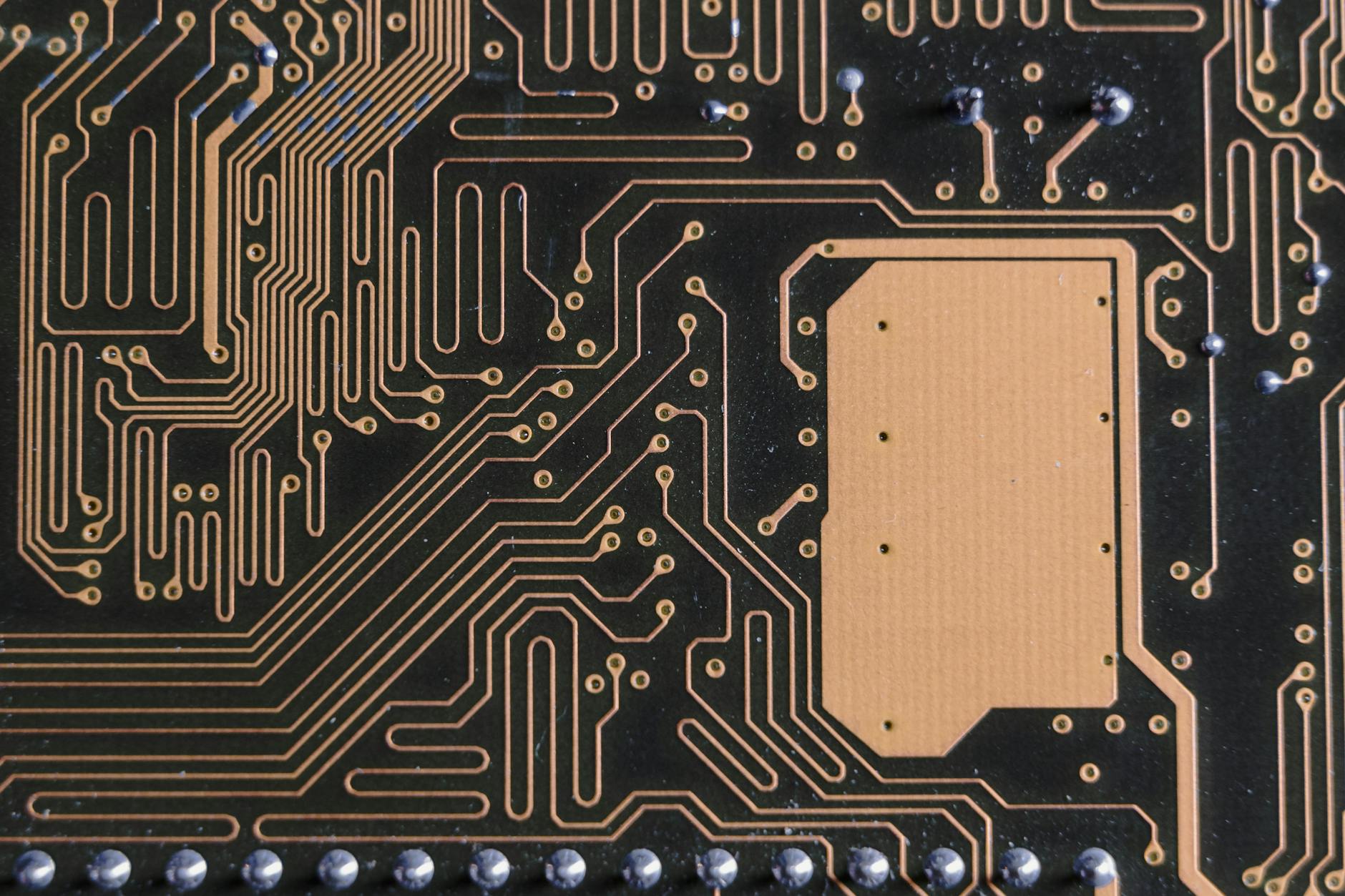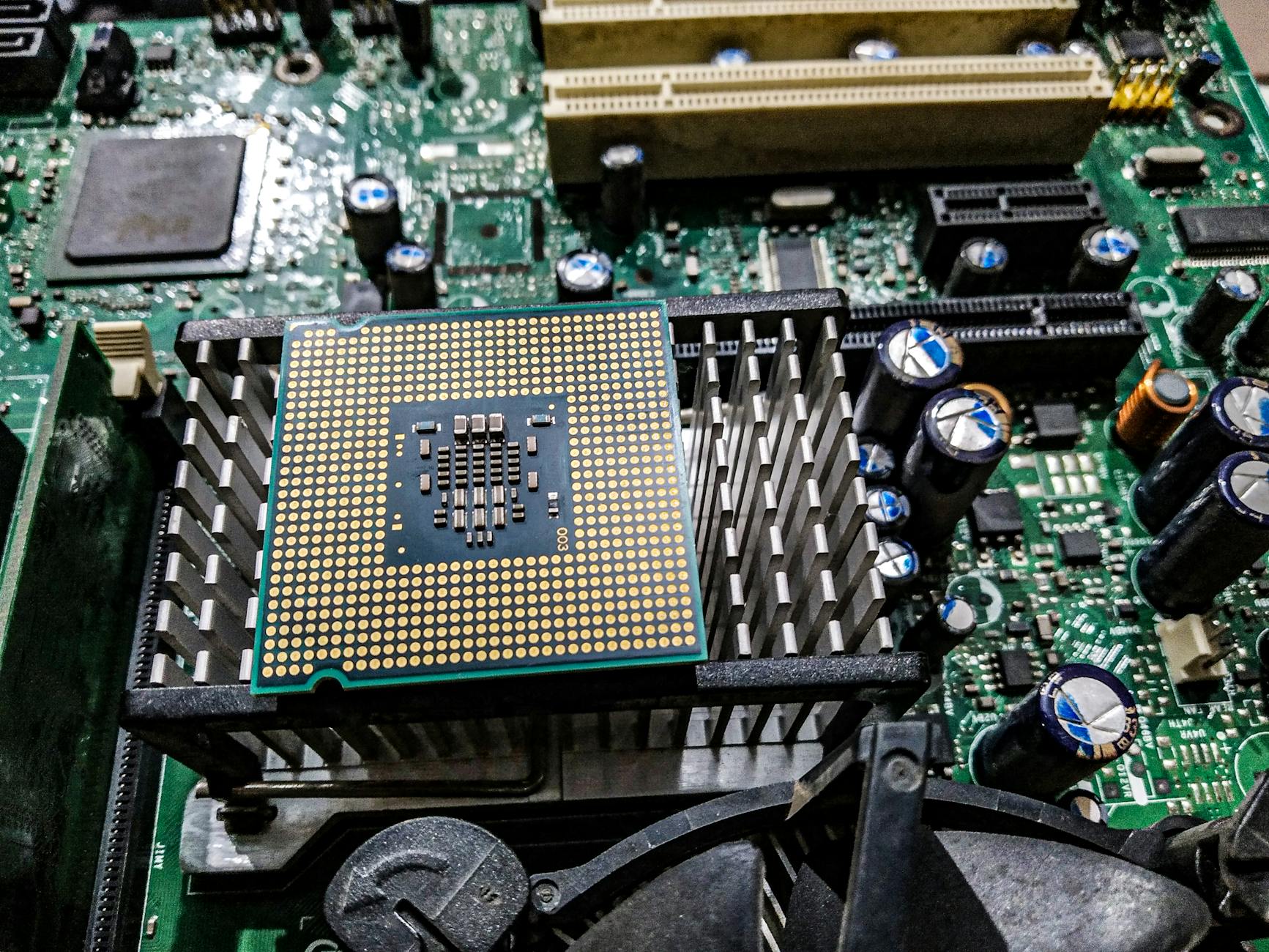Mastering internal link strategy for enhanced SEO performance
Internal linking is arguably one of the most overlooked yet critical components of a robust search engine optimization (SEO) strategy. While much focus is often placed on securing high-quality external backlinks, the way a website connects its own pages profoundly impacts crawlability, user experience, and the distribution of ‚link equity‘ or PageRank. A strategically executed internal linking structure guides both search engine spiders and human visitors through the site architecture, ensuring that important content is discovered and prioritized. This article will delve deep into the principles and advanced tactics required to master internal linking, examining how to structure your site, choose optimal anchor text, and leverage these links to boost the ranking potential of your most valuable pages.
Understanding the role of internal links in site architecture
Effective internal linking begins with sound site architecture. Think of your website as a physical building; internal links are the hallways and stairwells that connect different rooms. A well structured site typically follows a hierarchical or „pyramid“ model, where the homepage sits at the apex, followed by major category pages, and then individual subpages (content, products, or posts) at the base.
This structure serves three primary functions from an SEO perspective:
- Improved Crawlability: Search engine bots rely on internal links to discover and index new and updated content. If a page has few or no internal links pointing to it, it is considered an „orphan page“ and may never be fully indexed or ranked.
- Distribution of PageRank: When the homepage (which usually holds the most authority) links down to category pages, that authority is passed along. Strategic internal linking ensures that high authority pages pass their „link juice“ to deeper pages that need a ranking boost.
- Defining Topical Relevance: Internal links, particularly through their anchor text, help search engines understand the relationship and topical context between different pages.
For large websites, creating pillar content pages that link out extensively to related cluster content is a powerful architectural technique. This method clearly establishes the main authority page on a broad topic while connecting all supporting, detailed content around it.
Strategic anchor text selection and contextual relevance
The choice of anchor text is where internal linking moves from technical structure to sophisticated SEO strategy. Unlike external links, where strict adherence to brand or partial-match anchors is often safer, internal linking allows for more aggressive use of exact match and keyword rich anchor text. However, this must always be done contextually.
A good internal link should:
- Be descriptive of the destination page’s content.
- Be placed naturally within the surrounding text.
- Use a variety of relevant keywords, avoiding repetitive use of the same exact phrase across multiple source pages.
Consider the difference between a generic link („click here“) versus a descriptive, keyword rich link („learn how to optimize your blog posts for voice search„). The latter provides significant ranking signals to Google about the destination page’s topic. SEO professionals should conduct an internal link audit to identify pages that are valuable targets (high traffic potential) and then strategically update existing content to include internal links pointing to these targets using optimal anchor text.
Furthermore, the placement of the link matters. Links placed within the body of the main content tend to carry more weight than links placed in the footer, sidebar, or navigation menus, as they are deemed more contextual and editorial.
Measuring and auditing internal link equity flow
Simply adding links is insufficient; constant auditing is necessary to ensure the strategy is effective. SEO tools like Screaming Frog, Ahrefs, or specialized internal link tools can map your site’s structure and analyze link equity distribution. Key metrics to monitor include:
| Metric | Description | SEO Importance |
|---|---|---|
| Internal Inlinks Count | The total number of internal links pointing to a specific page. | Indicates the page’s importance and crawl priority. |
| Crawl Depth | The number of clicks required to reach a page from the homepage. | Pages deeper than 3 clicks often receive less authority and traffic. |
| Orphaned Pages | Pages that have no incoming internal links. | These pages are often invisible to search engines and users. |
| Link Authority Score | A calculation of the PageRank passed to the page from authoritative internal sources. | Ensures high-priority pages receive maximum link equity. |
When an audit reveals a crucial page is located too deep (high crawl depth) or has too few links, the immediate action should be to edit higher authority, topically relevant pages (ideally 1 or 2 clicks from the homepage) to link directly to the target page. This „sculpting“ of link equity ensures that your SEO efforts are focused on improving the ranking potential of core business pages rather than low-value utility pages.
Advanced techniques: Leveraging contextual placement and sitewide elements
Moving beyond basic hierarchical linking, advanced internal linking involves maximizing the effectiveness of every link placement. Contextual linking is paramount; links should only exist where they genuinely assist the user and the search engine in understanding the flow of information.
The „Power of Proximity“: Links placed near the beginning of a paragraph or within the first few paragraphs of an article often carry slightly more weight than those buried at the end. This placement naturally aligns with user behavior and information hierarchy.
Another advanced technique involves managing sitewide elements. While global navigation menus (header and footer) are essential for user navigation, they often dilute link equity because they link to every major page from every page on the site. To prevent this dilution, strategic SEO experts limit the number of links in the global navigation to only the most critical categories (e.g., max 7-10 links). The bulk of the link equity transfer should be reserved for those highly contextual links embedded within the body content, ensuring that the link weight is directed precisely where it is needed for ranking purposes.
Furthermore, implementing related content widgets (often automated but requiring careful review for topical relevance) at the end of articles can significantly increase internal links and reduce bounce rates by encouraging deeper site exploration.
The synergy between internal links, user experience, and SEO
The beauty of a strong internal linking strategy is that it seamlessly aligns SEO objectives with user experience (UX) goals. When links are logically placed, clearly anchored, and connect related topics, the user benefits from easy navigation and deeper engagement with the site’s content. This increased time on site, lower bounce rate, and higher page views are all positive behavioral signals that Google interprets favorably.
Ultimately, mastering internal linking requires an ongoing, analytical approach. It is not a one-time setup but a continuous process of auditing, adapting anchor text, and redirecting authority as content evolves. By prioritizing a shallow site structure, employing rich, contextual anchor text, and regularly analyzing the flow of PageRank, website owners can transform their internal links from mere navigation tools into a powerful competitive advantage. A site that is easy to crawl and navigate internally is a site that Google trusts, cementing internal linking as the foundation upon which long term search ranking success is built.
Image by: Khánh LP
https://www.pexels.com/@khanh-lp-2155653315









